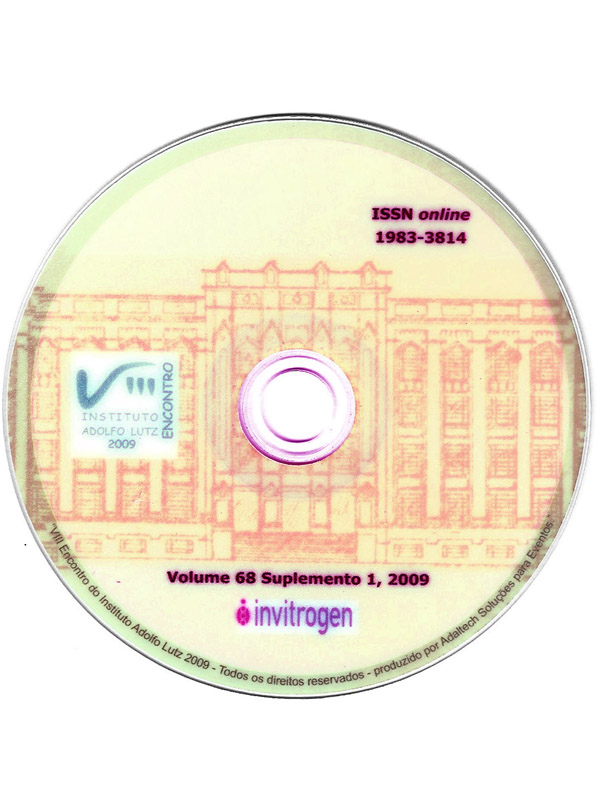Resumo
Streptococcus pneumoniae 6C was discovered while validating a serotyping assay using MAbs made with 6A capsule which did not bind to strains that have been conventionally serotyped as 6A. Studies since then suggest that the 7-valent conjugate vaccine (PCV7) does not cross-protect against serotype 6C and that the incidence of 6C IPD in the postPCV7 period may increase. Data on the epidemiology of 6C pneumococci are thus important in formulating new vaccines and assessing the impact of pneumococcal vaccination programs. We retyped Brazilian IPD isolates from 2003 to 2008 available in the national reference laboratory that had been conventionally serotyped as 6A. Isolates were screened by PCR for the presence of a 727-bp sequence in the wciN6C gene and by dot-blotting assay using 2 MAbs that distinguish 6A from 6C. Of the 5223 isolates collected from 2003-2008, 232 were originally serotyped as 6A, and 72 (31%) of them were retyped as 6C. Type 6C was recovered from all Brazilian regions, accounting for 1.4% IPD isolates per year. Sixty-four were from patients with meningitis, 5 from pneumonia and 3, bacteremia. It was less common among <5-yr-old children (19%). Nine meningitis isolates were penicillin resistant. Preliminary agreement of 85% between PCR and dot-blot assays was observed. Type 6C IPD was evenly distributed from 2003-2008 in Brazil, occurring mainly among ≥5yr-old persons. Distinguishing serotype 6A from 6C since 1977 - the earliest year of our pneumococci collection - is an ongoing study as a continued surveillance that will help assessing both this emerging epidemiology and the effects after PCV introduction in the national vaccination program.

Este trabalho está licenciado sob uma licença Creative Commons Attribution 4.0 International License.
Copyright (c) 2009 AP Brandão, APS Lemos, MLLS Guerra, RC Zanella, SCG Almeida, S Bokermann, L Spinazola, MHC Cavalcante, MH Nahm, MCC Brandileone
